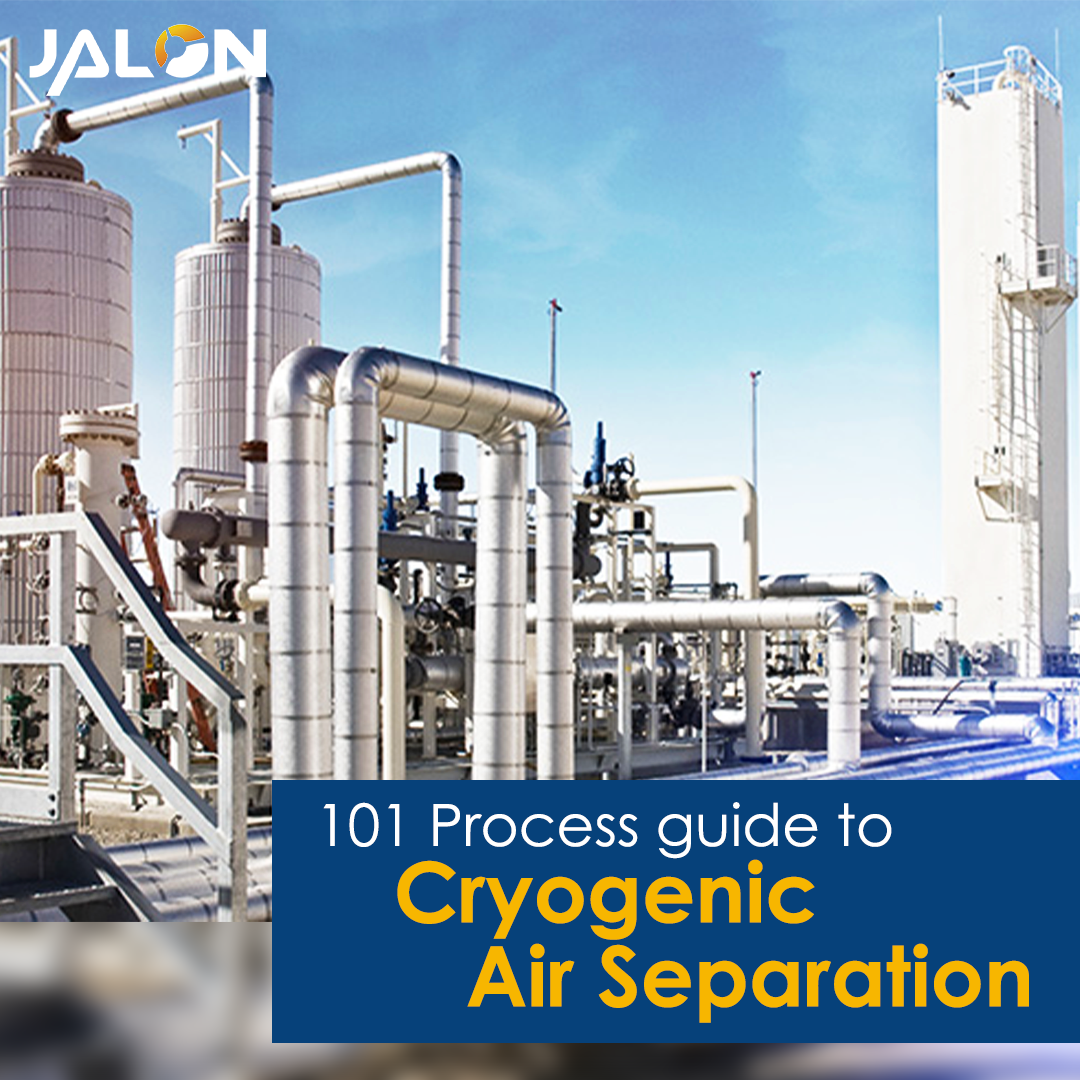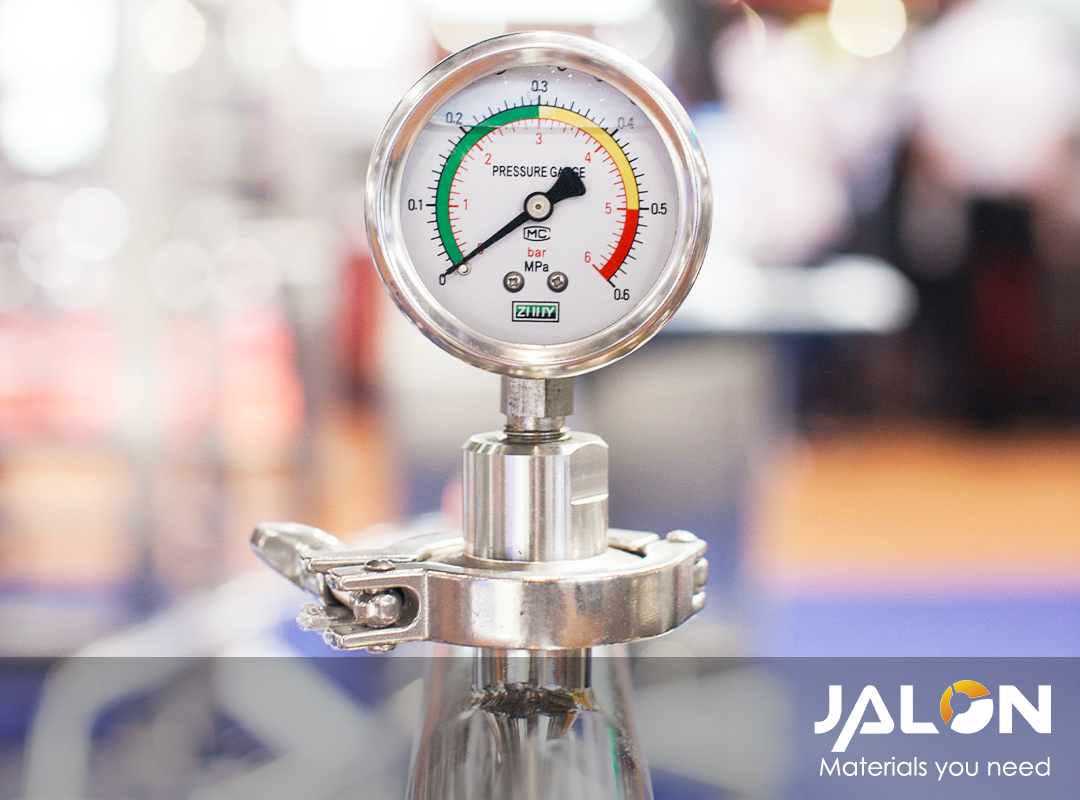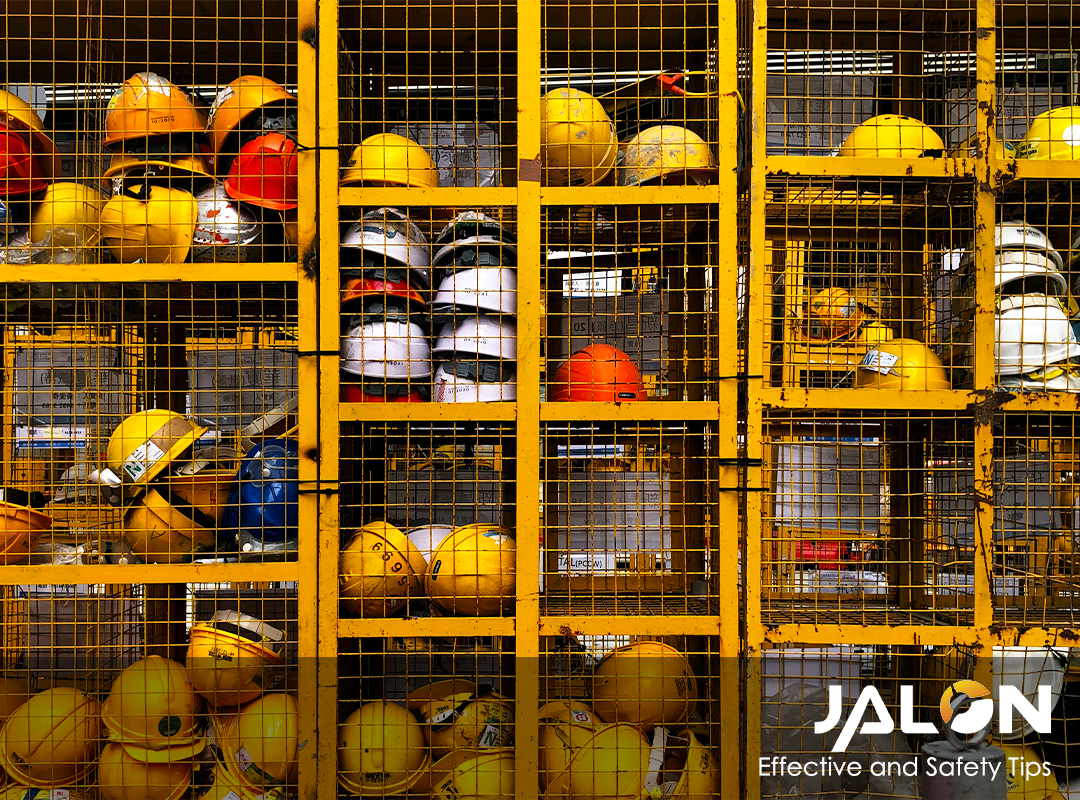

04 October 2022
101 Process Guide To Cryogenic Air Separation

Ambient air can comprise up to 5% moisture by content and a variety of other gases (typically in trace levels) that must be eliminated at one or more locations in the air separation and output purification setup.

Before beginning construction and design on any cryogenic system or process, conduct a formal hazard analysis. Determine the risks and how you will address them. Pose “what if” scenarios. Please remember that machinery can fail, cryogenic fluids can convert into a gas quickly, valves can leak or be handled incorrectly, and vacuums can malfunction. Irrespective of the size or intricacy of the cryogenic system, this assessment should be performed.
From the start, include safety in your equipment and procedures. Incorporating safety elements at the end of the design phase can be costly and time-intensive, and it’s possible that hazards will be overlooked. It’s worth noting that it’s always preferable to eliminate a hazard through engineering design rather than ameliorate it.
Even specialists can miss something or make a mistake. It is critical to have the safety of your cryogenic system assessed by others, whether they are other coworkers, external experts, or formal review bodies, in order to improve the chances of a safe system.
Our Partner